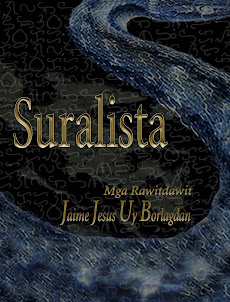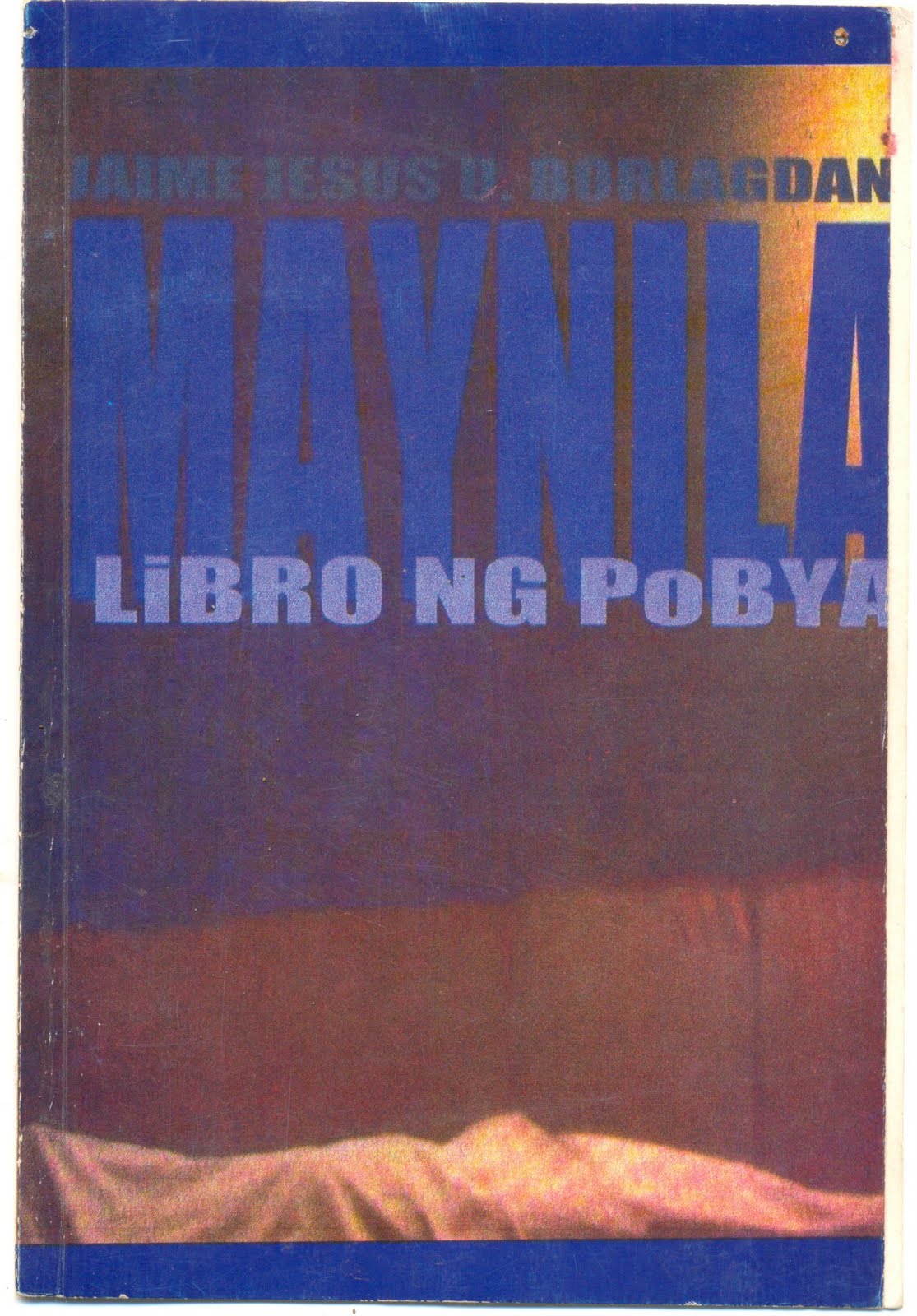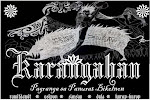Dai na nahalat kan kahoy an tag-uran, sa paghingapos kan
ragit nagsaro-saro na man su dahon niya nagluyos, pasiring sa pagkaanit.
Romansang Tennyson an pakasupang niya sa batak kan lanob. Sa hudyan an trayumpo
kan buhay mauli sa trahedya kan satong kaluyahan. Pero kasa’lan daa an magrumdom
kan kadaogan; pirang otro man daw kuminurahaw an kahoy sa saiyang kakusugan na “Hilinga,
Kagibo an sakong paghingowa! Hilinga an isog kan sakong pag-ugbos, an sadiri
kong higos na minapadagos sakuya!” Ipadangog niya ini aldaw banggi sa saiyang
kapwa na sa takot saiya nagtao kan saindang pag-omaw, respeto buda onra, dulo
na duman sa nakatanom sa maray na daga, sa may limpoy o harani sa tubig. Ugaring ngonian baad dai na siya maagahan. An
itsura niya ngani ngonian na dagos pang naglalaban, nakakaputon an yuropyop na
dahon sa natatada nindang kahidyawan mantang pigkakaon diit-diit kan aragirang,
baad herak na sana kan Kaglalang. Na pakatapos kan mapait na ori na luminuwas
sa bilog niyang buhay bilang supon sa kaluyahan buda kahugakan kan mga ibang
tanom, mawalat lamang saiya dawa an dignidad kan luway-luway na pag-alang. Dawa
sa irarom kan murusot buda makunit niyang unit, an pag-alang kaito pa nagpuon.







